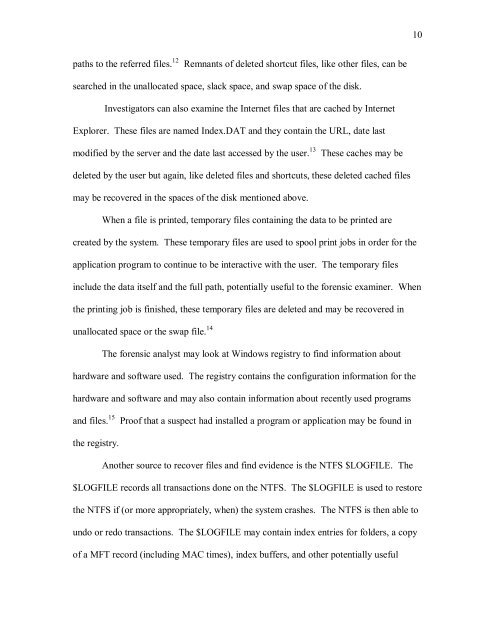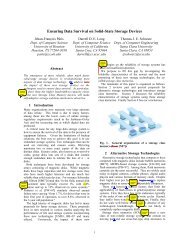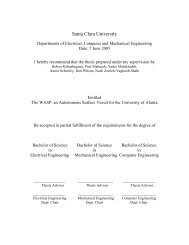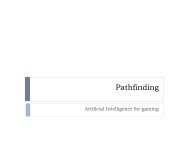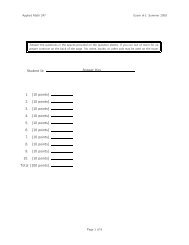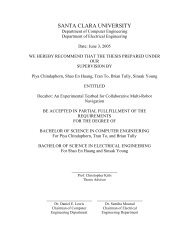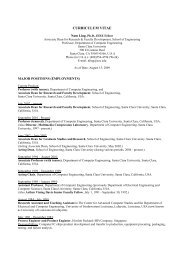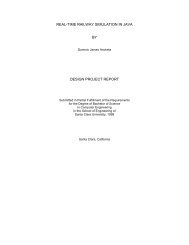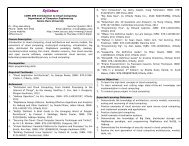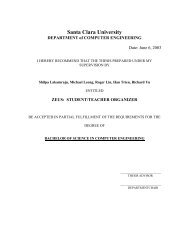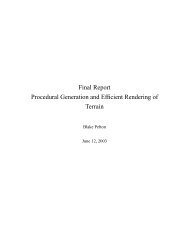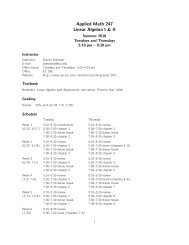Issues in Computer Forensics
Issues in Computer Forensics
Issues in Computer Forensics
Create successful ePaper yourself
Turn your PDF publications into a flip-book with our unique Google optimized e-Paper software.
paths to the referred files. 12 Remnants of deleted shortcut files, like other files, can be<br />
searched <strong>in</strong> the unallocated space, slack space, and swap space of the disk.<br />
Investigators can also exam<strong>in</strong>e the Internet files that are cached by Internet<br />
Explorer. These files are named Index.DAT and they conta<strong>in</strong> the URL, date last<br />
modified by the server and the date last accessed by the user. 13 These caches may be<br />
deleted by the user but aga<strong>in</strong>, like deleted files and shortcuts, these deleted cached files<br />
may be recovered <strong>in</strong> the spaces of the disk mentioned above.<br />
When a file is pr<strong>in</strong>ted, temporary files conta<strong>in</strong><strong>in</strong>g the data to be pr<strong>in</strong>ted are<br />
created by the system. These temporary files are used to spool pr<strong>in</strong>t jobs <strong>in</strong> order for the<br />
application program to cont<strong>in</strong>ue to be <strong>in</strong>teractive with the user. The temporary files<br />
<strong>in</strong>clude the data itself and the full path, potentially useful to the forensic exam<strong>in</strong>er. When<br />
the pr<strong>in</strong>t<strong>in</strong>g job is f<strong>in</strong>ished, these temporary files are deleted and may be recovered <strong>in</strong><br />
unallocated space or the swap file. 14<br />
The forensic analyst may look at W<strong>in</strong>dows registry to f<strong>in</strong>d <strong>in</strong>formation about<br />
hardware and software used. The registry conta<strong>in</strong>s the configuration <strong>in</strong>formation for the<br />
hardware and software and may also conta<strong>in</strong> <strong>in</strong>formation about recently used programs<br />
and files. 15 Proof that a suspect had <strong>in</strong>stalled a program or application may be found <strong>in</strong><br />
the registry.<br />
Another source to recover files and f<strong>in</strong>d evidence is the NTFS $LOGFILE. The<br />
$LOGFILE records all transactions done on the NTFS. The $LOGFILE is used to restore<br />
the NTFS if (or more appropriately, when) the system crashes. The NTFS is then able to<br />
undo or redo transactions. The $LOGFILE may conta<strong>in</strong> <strong>in</strong>dex entries for folders, a copy<br />
of a MFT record (<strong>in</strong>clud<strong>in</strong>g MAC times), <strong>in</strong>dex buffers, and other potentially useful<br />
10


